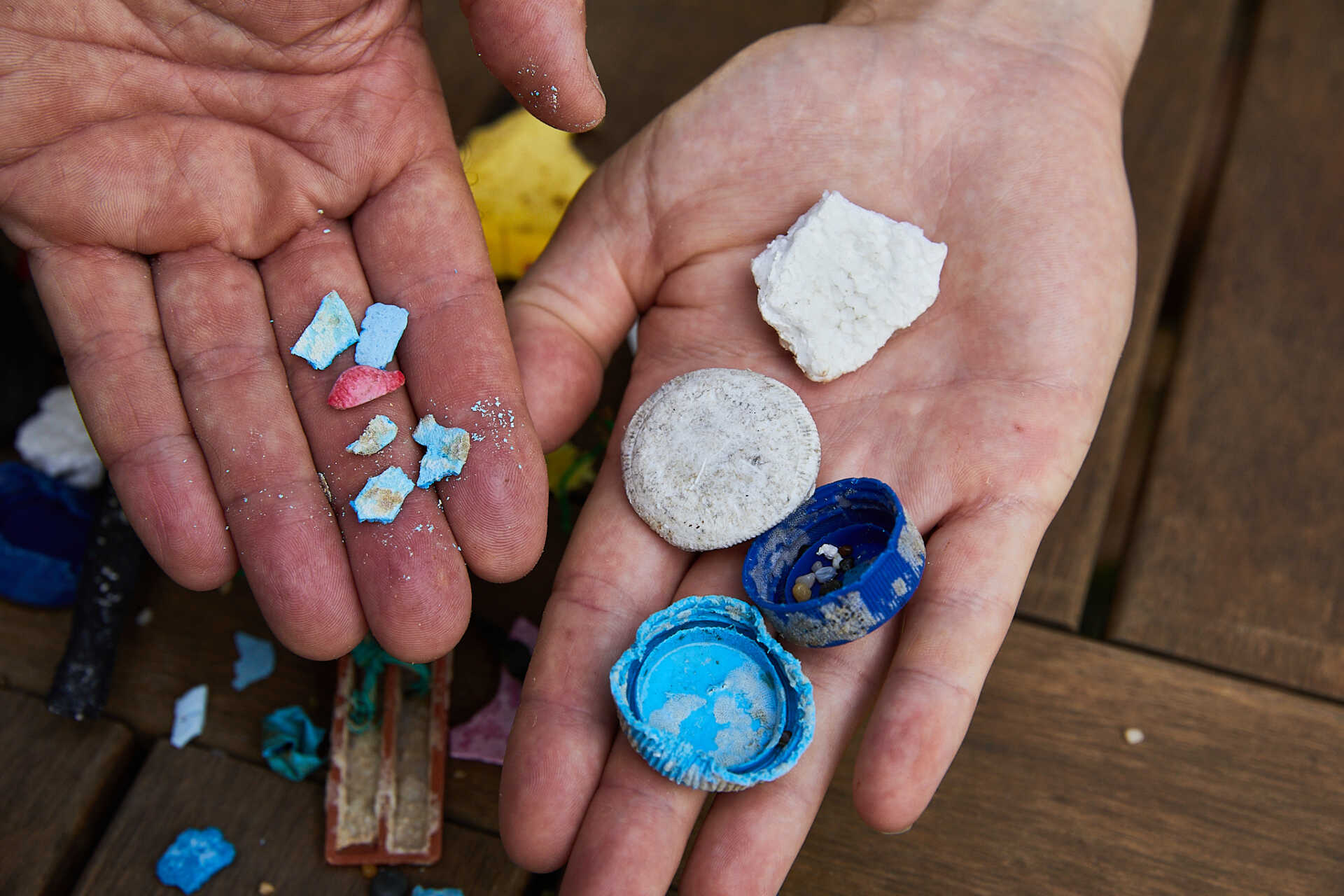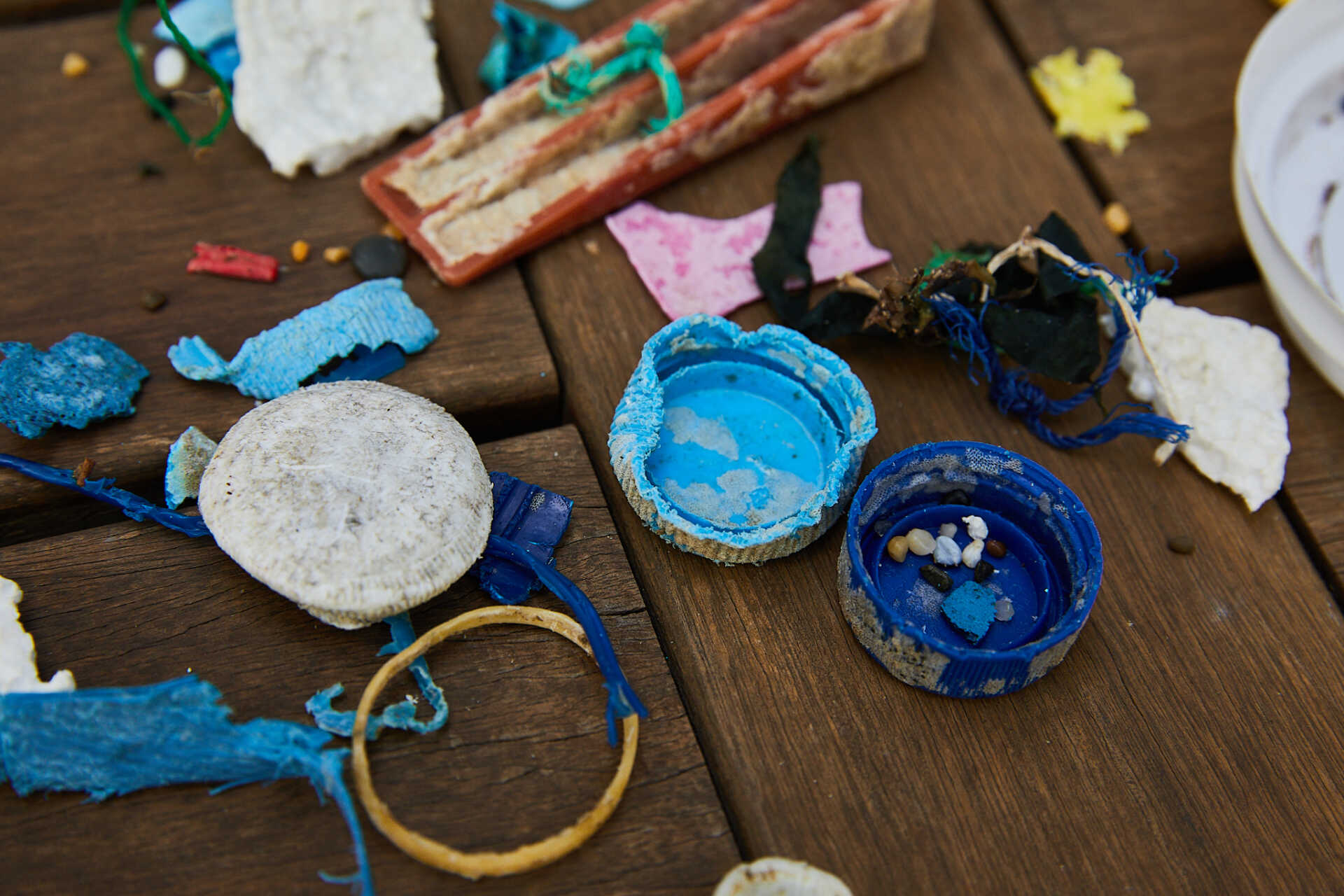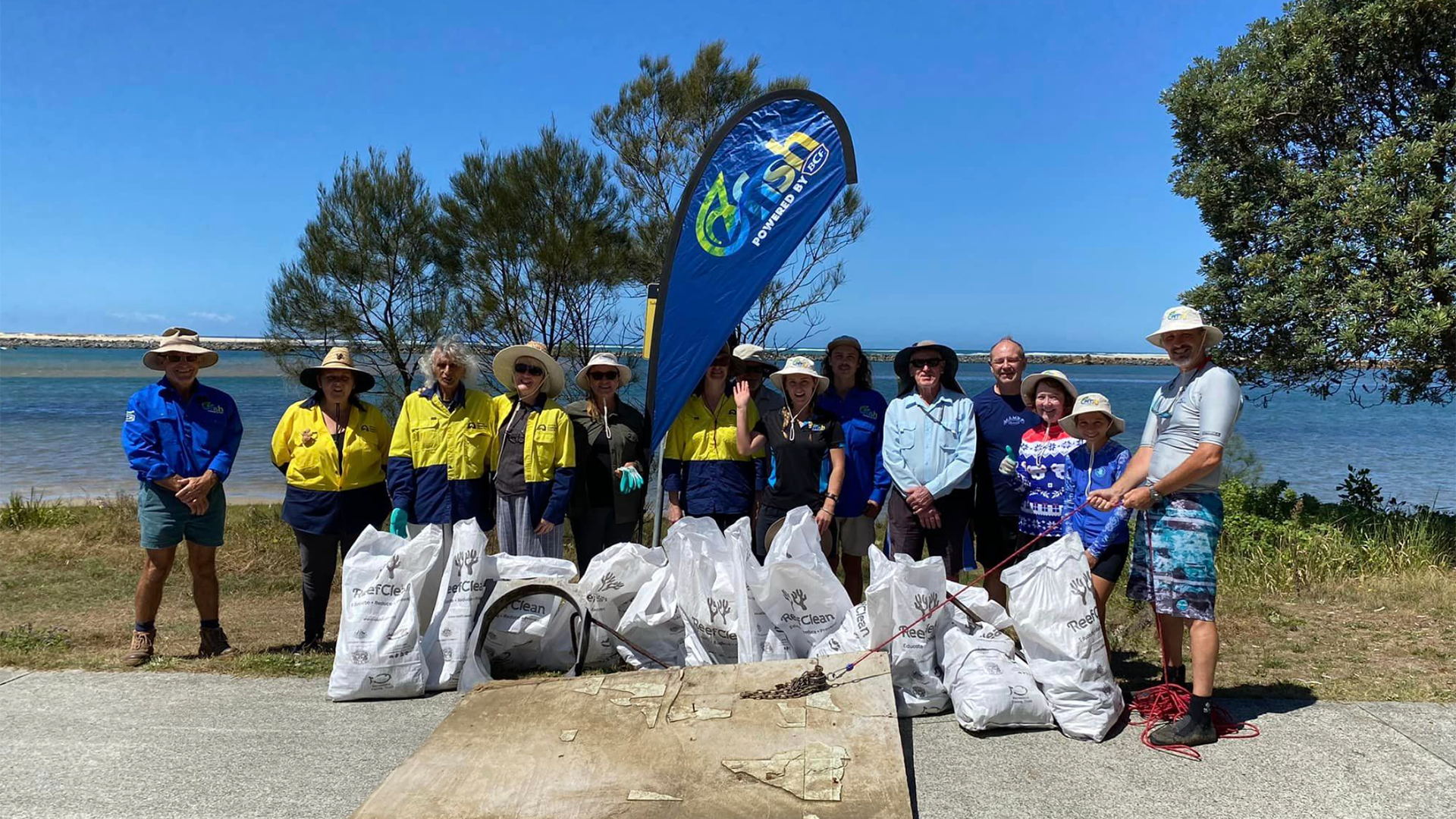The Invisible Invaders Of Australia’s Waterways

Each time you go fishing, it’s an opportunity to make a difference and the Fish For Life – Keep It Clean campaign encourages you to commit to this environmental stewardship.
When you dedicate your time to cleaning up shorelines and riverbanks, you prevent plastic and debris from harming marine life and inspire others to follow.
Discarded rubbish pollutes our waterways, destroys aquatic habitats, poisons animals and can deplete a waterway’s oxygen. That’s just the big stuff that you can see.
To find out what’s happening below the surface, we spoke to internationally recognised veterinary scientist Dr Matt Landos, who has recently completed projects for the International Pollutant Elimination Network (IPEN) on fisheries and pollution.
Matt explains why initiatives like Keep It Clean are so vital, thanks to the growing crisis around the spread of microplastics. Here are some of his alarming insights into how these tiny pollutants are endangering our aquatic ecosystems and health.
The Invisible Invaders
Microplastics, fragments of plastic less than five millimetres in size, are infiltrating our rivers, oceans, and even the air we breathe. These particles originate from larger, broken-down plastic items, synthetic fabrics, and cosmetic products.
Dr Landos explains that their small size enables them to travel vast distances, defying geographical boundaries and accumulating in our waterways.
“We’ve got some level of plastic recycling, but it’s really not terrific in Australia at the moment,” he says. “We don’t want to live in a rubbish tip. We don’t want this stuff on our beaches.”
Microplastics come from the bigger items we sometimes find on our waterways, so it’s crucial to pick up what we can see before they get too small to dispose of.
A Journey of Pollution
Researchers recently discovered microplastics in the soils of a remote walking and running trail in the Dumaresq Dam Reserve near Armidale, NSW. Since they’re plentiful on land, you can bet that few Australian waterways are free from the clutches of microplastics.
Whether it’s the remote rivers untouched by urban development or the vast expanse of the ocean, these pollutants have made their presence known. They travel through air currents, runoffs from agriculture, and urban wastewater, creating a cycle of pollution that affects even the most secluded areas.
“We’re also using a lot of plastics in agriculture now,” says Landos. “This is through that route of reusing agricultural sludge back into farming containing microplastics.”
While industry is responsible for some microplastics, more pollution comes from everyday people. Every year 130, 000 tons of plastic leak into Australia’s marine ecosystems, a large portion of which is single-use plastic. By 2050, plastic in the ocean may surpass the weight of fish.

The Ripple Effect on Marine Life
The impact of microplastics on marine life is profound and multifaceted. Matt explains that once tiny organisms like zooplankton ingest these particles, they journey up the food chain. Larger aquatic creatures, including fish, accumulate these plastics and the harmful chemicals they carry.
“Bioaccumulation where they’re accumulating up the chain,” explains Landos regarding the term for this build-up further along the food chain. “We get pollutants in high levels in some of our top-order predators. If you trace the food chain all the way back, there’s potential that the original microorganisms that were consumed are contaminated.”
This pathway means the tiny fish you use as bait transfer their microplastic up the food chain to that 55cm flathead you caught for dinner.
Microplastics affect marine organisms’ health, and these contaminants can disrupt hormones, increase the risk of disease, and impair people’s immune health.
A Threat to Reproduction and Biodiversity
One of the most disturbing revelations from our discussion with Matt was microplastics’ impact on aquatic species’ reproductive health.
These particles, often carrying hormone-disrupting chemicals, can alter fish’s behaviour and reproductive capabilities.
“These are all additives into these plastics polymers which we call a big, long chain of carbon atoms, and we add other things in there to get it to do what we find useful, many of those have undesirable side effects on life,” he says. “Virgin plastic will have chemicals in it like BPA and bisphenol. It’s been shown that these chemicals interfere with hormones in the body.”
What Can We Do?
While the situation may seem daunting, there are steps we can take to mitigate this crisis. Matt suggests simple actions like opting for non-plastic alternatives in our daily lives, participating in local clean-up initiatives, and supporting organisations like OzFish, which regularly organises events to remove debris from waterways.

Matt’s insights underscore the urgency of addressing the microplastic crisis. It calls for a collective effort from individuals, communities, and policymakers to rethink our relationship with plastic and take decisive action to protect our precious waterways for future generations.
Matt left us with a thought-provoking message, “The choices we make today will shape the health of our waterways tomorrow. It’s a call to action for all of us to become stewards of our environment and work towards a cleaner, healthier planet.”
Partnerships and initiatives like the Keep It Clean events support sustainable fishing practices and contribute to conservation efforts through environmental stewardship driven by community engagement.

OzFish Unlimited and NSW DPI Fisheries are calling on recreational anglers to join their series of clean-up events that will make a meaningful difference to the health of these ecosystems. Registration is essential, and all necessary clean-up equipment will be provided, though personal water and sun-safe clothing is advised
The partnership between OzFish Unlimited and the NSW Department of Primary Industries is funded by the Recreational Fishing Trusts and Marine Estate Management Strategy, makes events like these possible.

